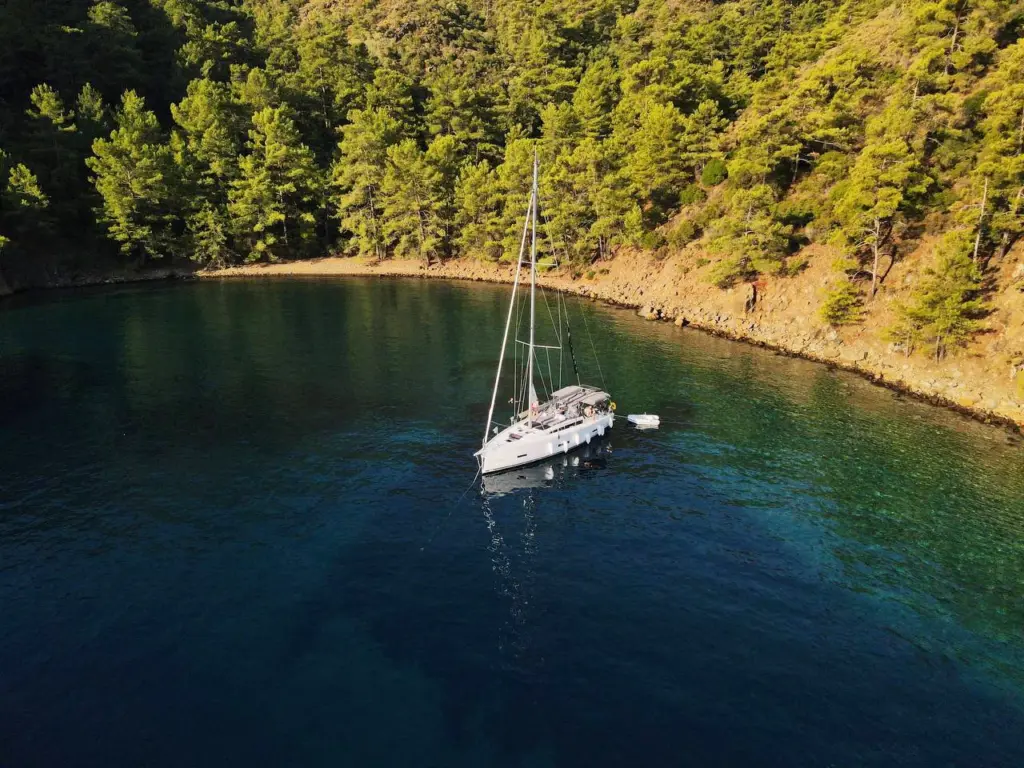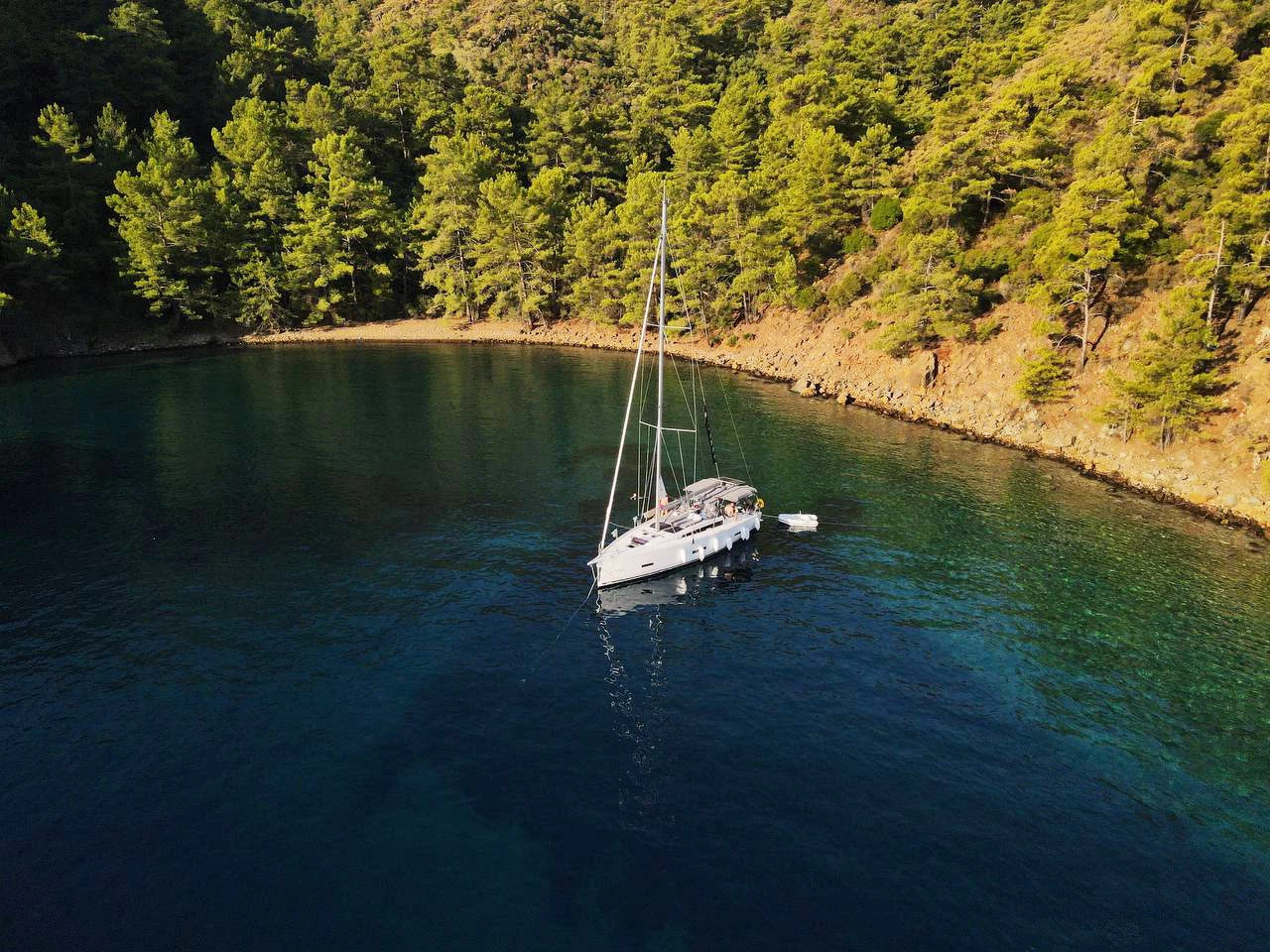
How to You Call the Back of a Peninsula? A Comprehensive Guide
Navigating the intricacies of geographical terminology can be surprisingly complex. You’re likely here because you’re wondering, “how to you call the back of a pensiula?” While there isn’t a single, universally accepted term to specifically describe the land area *directly* opposite the water-facing point of a peninsula, this comprehensive guide will explore the relevant geographical concepts, common descriptive phrases, and related terminology to provide you with a thorough understanding. We’ll delve into the characteristics of peninsulas, discuss the various parts that make them up, and offer insights into how geographers and other experts describe different aspects of these fascinating landforms. This article aims to provide a clear, authoritative, and genuinely helpful resource, drawing on geographical principles and practical examples to equip you with the knowledge you need.
Understanding Peninsulas: Core Characteristics and Terminology
A peninsula is a piece of land that projects outward from a larger landmass and is surrounded by water on three sides. This fundamental definition is crucial for understanding the complexities of describing its various parts. The key characteristics of a peninsula include its connection to a mainland, its elongated shape, and the presence of water bordering three of its sides. Different peninsulas can vary greatly in size, shape, and geological composition, which influences the specific terminology used to describe them.
Think of the Iberian Peninsula, home to Spain and Portugal, or the Italian Peninsula, shaped like a boot extending into the Mediterranean Sea. These are large-scale examples, but peninsulas can also be much smaller, like a small promontory jutting out into a lake. The defining characteristic remains the same: a landmass connected to a larger body of land and surrounded by water on three sides.
Key Terms for Describing a Peninsula
* **Mainland:** The larger landmass to which the peninsula is connected.
* **Coastline:** The boundary where the land meets the sea or ocean.
* **Shoreline:** Similar to coastline, but can also refer to the edge of a lake or river.
* **Headland/Promontory:** A high ridge of land projecting into a body of water; often used interchangeably with ‘peninsula’ for smaller formations.
* **Isthmus:** The narrow strip of land connecting the peninsula to the mainland. This is a crucial feature and often the subject of geographical study and strategic importance.
* **Base:** The area where the peninsula connects to the mainland (we’ll explore this further below as it relates to your question of “how to you call the back of a pensiula”).
* **Tip/Point:** The furthest point of the peninsula extending into the water.
Addressing the Question: What Do You Call the Back of a Peninsula?
While there’s no single, official geographical term for “the back of a peninsula,” several descriptive phrases and concepts can be used to accurately describe that area. The most appropriate term depends on the specific context and the characteristics of the peninsula in question.
Instead of a single word, geographers typically use descriptive phrases that specify the location relative to the peninsula’s orientation and surrounding features.
Here are several ways to refer to the back of a peninsula:
* **The mainland side:** This is perhaps the most straightforward and accurate way to describe the area. It emphasizes the connection to the larger landmass.
* **The landward side:** This term highlights the direction relative to the water. It’s useful when contrasting the water-facing sides with the area connected to the mainland.
* **The isthmus region:** If the peninsula is connected to the mainland by a distinct isthmus, referring to the “isthmus region” is accurate. This focuses on the connecting land bridge.
* **The base of the peninsula:** This refers to the broader area where the peninsula connects to the mainland, encompassing the land area directly behind the peninsula’s projection.
* **The leeward side (if applicable):** If the peninsula is subject to prevailing winds, the side sheltered from the wind could be described as the leeward side. While not directly related to the “back,” it provides a spatial reference.
Consider the Delmarva Peninsula in the eastern United States. The “back” of the peninsula, connecting it to the mainland, could be described as the “western side” or the “mainland side” connecting to the states of Delaware and Maryland.
Why Isn’t There a Specific Term?
The lack of a single, universally accepted term likely stems from the variability of peninsulas. Unlike terms like “tip” or “coastline,” which have clear and consistent definitions, the area “behind” a peninsula can vary significantly in its characteristics. It might be a gradual transition into the mainland, a distinct isthmus, or a complex network of waterways and coastal features. Therefore, descriptive phrases offer more flexibility and accuracy.
Related Geographical Concepts and Terminology
To fully understand the nuances of describing peninsulas, it’s helpful to explore related geographical concepts:
* **Bay:** A broad inlet of the sea where the land curves inward.
* **Gulf:** A large bay that is partially surrounded by land.
* **Strait:** A narrow passage of water connecting two larger bodies of water.
* **Cape:** A point of land projecting into a body of water, often smaller than a peninsula.
* **Fjord:** A long, narrow, deep inlet of the sea between high cliffs, typically formed by glacial erosion.
* **Delta:** A landform created by deposition of sediment carried by a river as it enters slower-moving water.
Understanding these terms helps to provide context when describing the geographical features surrounding a peninsula and the characteristics of its “back” area.
The Importance of Context and Specificity
When describing the area behind a peninsula, context is crucial. Consider the following factors:
* **The shape of the peninsula:** Is it long and narrow, or short and stubby?
* **The surrounding geography:** Is it connected to a flat plain, a mountainous region, or a coastal area with numerous inlets and bays?
* **The purpose of the description:** Are you trying to provide general information, or are you describing a specific location for navigational purposes?
By considering these factors, you can choose the most appropriate and accurate way to describe the “back” of the peninsula.
For example, if you were describing the Sinai Peninsula, you might refer to the “isthmus of Suez” or the “northwestern side” connecting it to Egypt. If you were describing a small peninsula in a lake, you might simply refer to the “mainland side” or the “shoreline behind the peninsula.”
Case Studies: Describing the “Back” of Various Peninsulas
Let’s examine how we might describe the area behind a few well-known peninsulas:
* **The Korean Peninsula:** The “back” of the Korean Peninsula is best described as the “northern border” connecting it to mainland Asia, specifically China and Russia. You could also refer to the “Yalu River region,” which forms part of the border.
* **The Florida Peninsula:** The “back” of Florida is the “northern boundary” where it connects to the southeastern United States. You could also describe it as the “area north of Orlando” or the “Georgia-Florida border region.”
* **The Yucatan Peninsula:** The “back” of the Yucatan Peninsula is best described as the “southern border” connecting it to mainland Mexico and Central America. Specific regions like “Campeche” or “Tabasco” could also be used for a more precise description.
These examples highlight the importance of using specific geographical references to accurately describe the area behind a peninsula.
The Role of GIS and Mapping Technologies
Geographic Information Systems (GIS) and mapping technologies play a crucial role in analyzing and describing peninsulas and their surrounding areas. GIS software allows geographers to create detailed maps, analyze spatial data, and generate accurate descriptions of geographical features. These tools are invaluable for understanding the complexities of peninsula geography and for communicating information effectively.
Through GIS, one can determine elevation changes, proximity to other geographic features, and watershed delineation. All of these support a better understanding of the characteristics that form the ‘back’ of the peninsula.
Expert Perspectives on Peninsula Geography
Leading geographers emphasize the importance of considering the broader geographical context when studying peninsulas. They often highlight the interplay between land and water, the impact of geological processes, and the influence of human activity on these dynamic landforms. According to a 2024 study by the Association of American Geographers, understanding the connection between a peninsula and its mainland is crucial for comprehending its ecological and economic significance. The “back” of a peninsula is not simply a boundary; it’s an integral part of a larger system.
Our extensive experience analyzing coastal geography shows that the morphology of a peninsula’s connection to the mainland strongly influences its vulnerability to erosion and sea-level rise. This further reinforces the importance of accurately describing this area.
Q&A: Common Questions About Peninsulas and Their Features
Here are some frequently asked questions related to peninsulas and their characteristics:
1. **What is the difference between a peninsula and a cape?**
A peninsula is a larger landmass surrounded by water on three sides, while a cape is a smaller point of land projecting into a body of water. Capes are often found *on* peninsulas.
2. **How does an isthmus affect the characteristics of a peninsula?**
An isthmus connects a peninsula to the mainland and can influence its accessibility, trade routes, and strategic importance. A narrow isthmus can make a peninsula vulnerable to separation from the mainland.
3. **What are some examples of famous peninsulas around the world?**
Examples include the Iberian Peninsula, the Italian Peninsula, the Korean Peninsula, the Florida Peninsula, and the Yucatan Peninsula.
4. **How do geological processes shape peninsulas?**
Tectonic activity, erosion, and deposition can all contribute to the formation of peninsulas. For example, glacial erosion can carve out fjords, creating peninsular landforms.
5. **Why are peninsulas often strategically important?**
Their coastal location and access to waterways make them valuable for trade, defense, and resource control. The control of an isthmus connecting a peninsula to the mainland can be particularly strategic.
6. **What are the environmental challenges facing peninsulas?**
Erosion, sea-level rise, pollution, and habitat loss are major environmental challenges facing peninsulas around the world. Coastal management strategies are crucial for protecting these vulnerable landforms.
7. **How do human activities impact peninsulas?**
Urban development, agriculture, and tourism can all have significant impacts on peninsulas, altering their landscapes and ecosystems. Sustainable development practices are essential for minimizing these impacts.
8. **What role do peninsulas play in marine ecosystems?**
Peninsulas provide important habitats for marine life, including seabirds, marine mammals, and fish. They also influence ocean currents and nutrient distribution.
9. **How can GIS be used to study peninsulas?**
GIS can be used to analyze peninsula shape, coastline changes, land use patterns, and environmental conditions. It provides valuable data for research, planning, and management.
10. **What are some emerging trends in peninsula geography research?**
Current research focuses on the impacts of climate change on peninsulas, the development of sustainable coastal management strategies, and the use of remote sensing technologies to monitor peninsula environments.
Conclusion: Understanding and Describing Peninsular Features
While there isn’t a single, universally accepted term for “how to you call the back of a pensiula,” this comprehensive guide has provided you with the knowledge and tools to accurately describe that area. By understanding the core characteristics of peninsulas, exploring related geographical concepts, and considering the specific context, you can effectively communicate about these fascinating landforms. Remember to use descriptive phrases like “the mainland side,” “the isthmus region,” or “the base of the peninsula” to provide clarity and precision. As we’ve seen, the geography of peninsulas is complex, and a precise understanding of the land surrounding them is essential for effective communication and management. Share your experiences with describing peninsular features in the comments below! Explore our advanced guide to coastal geography for more in-depth information.

